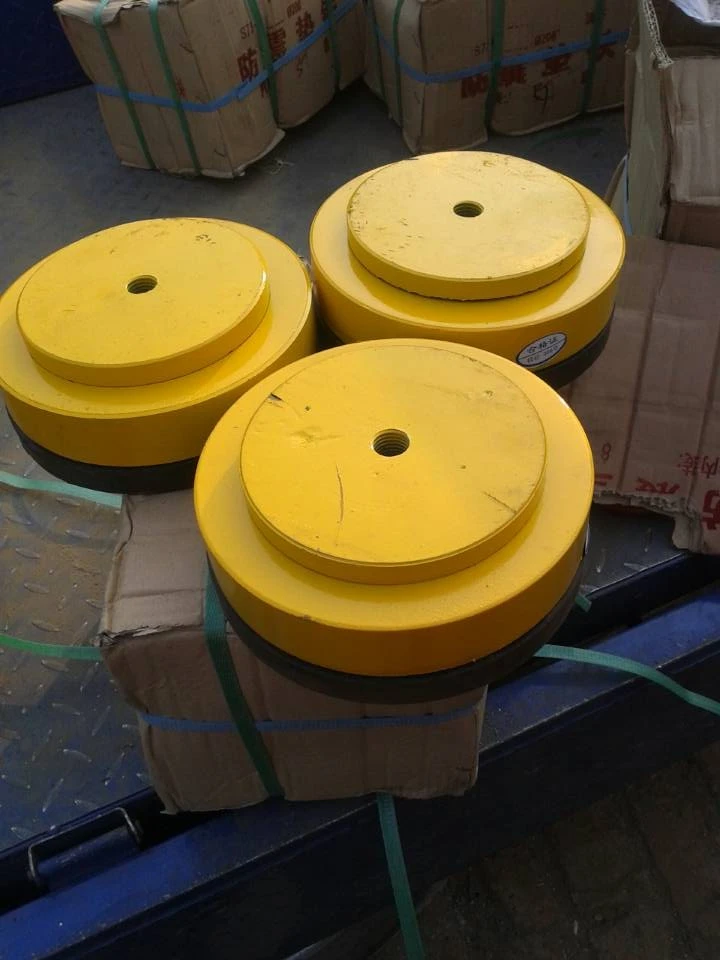Қар . 05, 2024 19:06 Back to list
industrial check valve
Industrial Check Valves Essential Components for Flow Control
In the realm of industrial fluid management, check valves play a crucial role in ensuring the safe and efficient transfer of liquids and gases. Commonly known as non-return valves, these devices are designed to allow fluids to flow in one direction while preventing backflow. This feature is essential for protecting equipment, maintaining system pressure, and ensuring operational efficiency in various industrial applications.
Types of Check Valves
Check valves come in several configurations, each suited for different applications. The most common types include
1. Swing Check Valves These valves utilize a hinged disc that swings open and closed based on the flow direction. They are ideal for applications with lower flow velocities and are often used in water, sewage, and HVAC systems.
2. Lift Check Valves Operating similarly to a piston, lift check valves allow fluid to lift a disc upward when flowing in the desired direction. They are suitable for high-pressure applications and offer a compact design.
3. Ball Check Valves Featuring a spherical ball that seals the flow passage, ball check valves are especially effective in preventing backflow in systems with variable flow rates. Their simple design allows for easy maintenance.
4. Diaphragm Check Valves These valves utilize a flexible diaphragm that moves in response to fluid pressure. They are commonly used in applications requiring a tight seal and are found in pharmaceutical and food processing industries.
Applications and Importance
The significance of check valves spans across various industries, including water treatment, oil and gas, pharmaceuticals, and manufacturing. In water systems, check valves prevent backflow that can lead to contamination, safeguarding the integrity of drinking water supplies. In oil and gas operations, these valves protect pumps from damage caused by reverse flow, ensuring continuous operation.
industrial check valve

Moreover, in manufacturing processes, check valves are vital for maintaining system pressure and enhancing operational efficiency. They help keep the flow of materials uninterrupted, which is essential for consistent production rates and reducing downtime.
Key Benefits
1. Protection Against Backflow The primary function of check valves is to prevent backflow, which can cause serious damage to equipment and potentially hazardous situations.
3. Energy Efficiency By preventing backflow, these valves reduce the energy required for pumping and help in maintaining system efficiency.
4. Cost-Effectiveness Investing in quality check valves can save industries considerable costs associated with repairs, maintenance, and system inefficiencies.
Considerations for Selection
When selecting a check valve, factors such as material compatibility, pressure rating, temperature range, and flow characteristics must be considered. Materials like stainless steel, brass, and PVC are commonly used, each with its own set of advantages and applications. Furthermore, understanding the specific fluid dynamics of the system can aid in choosing the right type, ensuring optimal performance and longevity.
Conclusion
In conclusion, industrial check valves are indispensable components that contribute significantly to the functionality and safety of fluid systems. Their ability to prevent backflow, maintain pressure, and enhance energy efficiency makes them a pivotal choice across various industries. As technology continues to evolve, so do the designs and materials used in check valves, promising improved performance and reliability in future applications. Companies investing in these essential devices will find themselves better equipped to handle the challenges of modern fluid management.
-
The Importance of Granite Square Boxes in Dimensional InspectionNewsMay.06,2025
-
Reducing Equipment Downtime With Cast Iron Y StrainerNewsMay.06,2025
-
Discover the Benefits of Parallel Rulers for SaleNewsMay.06,2025
-
Customizing Cast Iron Lapping Plate for Specialized Industrial UseNewsMay.06,2025
-
Black Granite Surface Plate for Sale: A Durable Metrology ToolNewsMay.06,2025
-
Storaen joins hands with a famous university to open a new chapter of innovation through industry-university-research cooperation.NewsApr.14,2025
Related PRODUCTS









